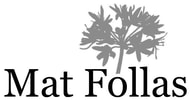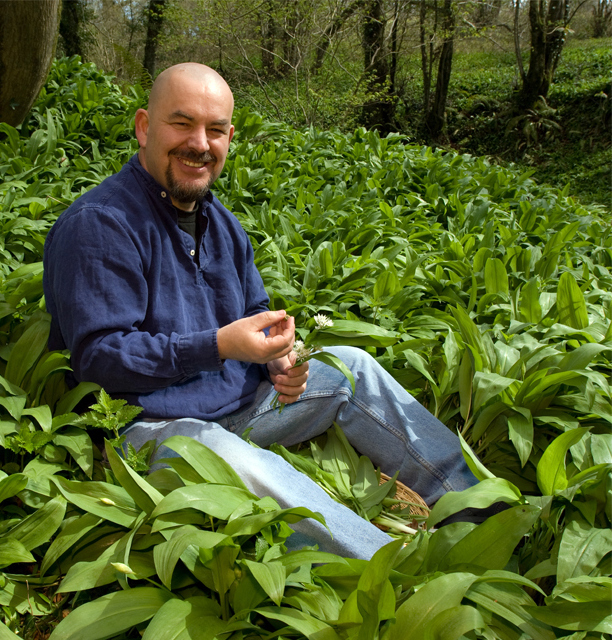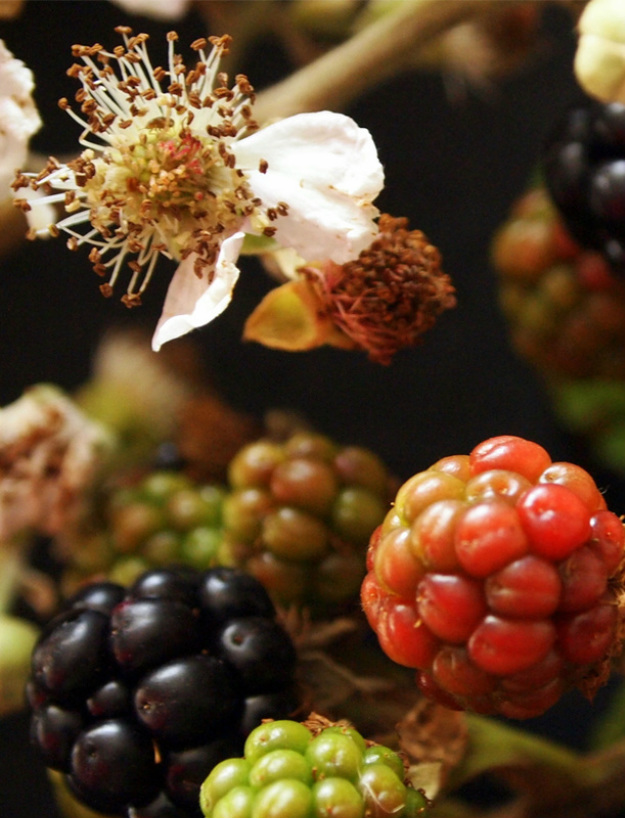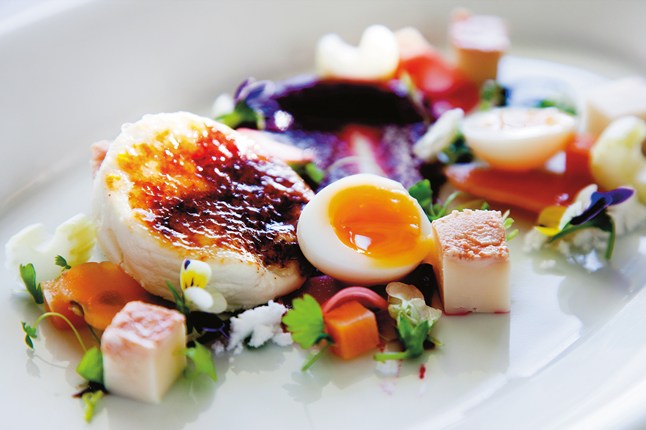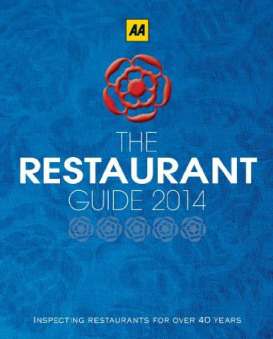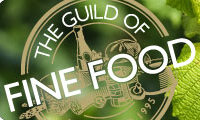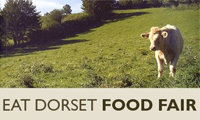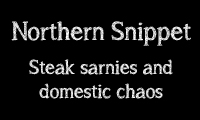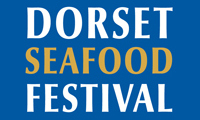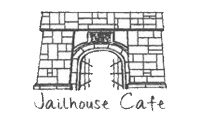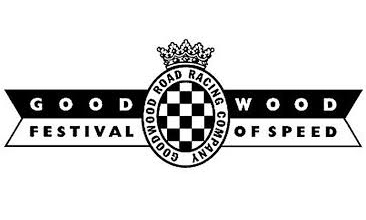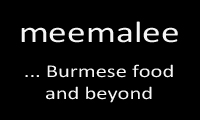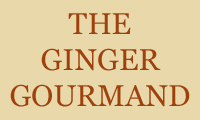|
16/1/2014 0 Comments Call of the WildMat Follas AA - The Restaurant Guide 2014 Pennywort, bog myrtle, hen of the wood - strange sounding foraged ingredients are cropping up on menus everywhere. But do they taste any good or is this just another passing food fad? Here, foraging fan Mat Follas, winner of the BBC's Masterchef in 2009 and chef-patron of The Wild Garlic in Dorset, shares his view.
Mat's 'cheese and pickles' dish features leaves and flowers from wild chervil (cow parsley)
0 Comments
Your comment will be posted after it is approved.
Leave a Reply. |
Blog Categories
All 2008 2009 2010 2011 2012 2013 2014 2015 2016 2017 2018 Bramble Cafe & Deli Conde Nast Traveller Food And Travel Magazine Food Judge Foraging Kai We Care Masterchef Mat Follas Olive Magazine The Casterbridge The Guardian The Independent The Telegraph The Times The Wild Garlic Things I've Written YouTube / Vimeo Mat likes ...
|
|
For Mat Follas books and personal appearances, please contact Gidday Ltd
E: [email protected] Company Registration No. 9028088 Registered address: Gidday Ltd, Verulam House, Unit 1 Cropmead, Crewkerne, Somerset TA18 7HQ |
|
|
© 2014 Mat Follas. All rights reserved
|
